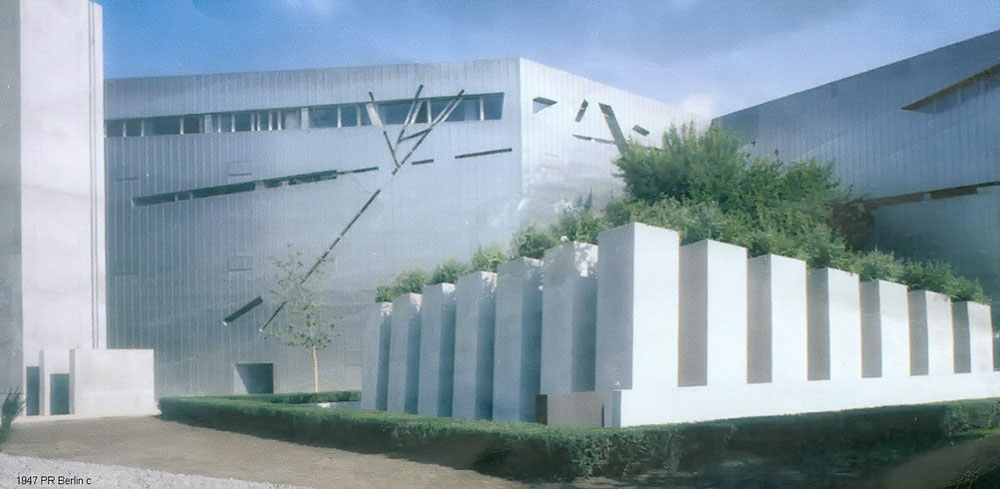
July 9, 2019; New York Times
The mission of the Berlin Jewish Museum seems straightforward: to “study and present Jewish life in Berlin and Germany,” “to create a meeting place for the wider community,” and to become “a vibrant center of reflection on Jewish history and culture as well as about migration and diversity in Germany.” In normal times, its success would be measured by attendance figures and financial stability. But these are no normal times for museums. Growing disputes over what it means to put its mission into action have caused a respected Jewish historian to resign as the museum’s director, made the selection of his successor difficult, added the museum’s name to a growing list of similar organizations enmeshed in heated political debates about their purpose.
In June, Peter Schäfer announced his resignation from a position he had held since 2014. Under his leadership, the museum saw that being “vibrant” meant staging exhibitions that could anger segments of the German Jewish community and stakeholders within the German government but still draw great audiences to its galleries. In the last year, more than 650,000 people passed its threshold.
But, for some powerful voices, Schäfer’s choice of focus was too challenging and violated the museum’s role. According to the New York Times, “a recent exhibition about Jerusalem was seen as pro-Palestinian and anti-Israel. Other controversial exhibitions from Mr. Schäfer’s tenure dealt with attitudes toward circumcision and women’s head coverings, among other themes.” Critics saw Schäfer’s public support of the BDS movement as yet another sign he was unfit to lead the institution.
Irit Dekel, a sociologist who studies “memory politics and representation of Jews, migration, and ethnicity in Germany,” framed the uniquely German dynamic with which the museum is grappling:
Germany’s history means that there is always the shadow of the past and the need to show that Jews are protected, at the same time as their culture and role in the country are presented. This makes it more difficult for a Jewish museum here to take on contemporary issues.
Sign up for our free newsletters
Subscribe to NPQ's newsletters to have our top stories delivered directly to your inbox.
By signing up, you agree to our privacy policy and terms of use, and to receive messages from NPQ and our partners.
Josef Schuster, the president of the Central Council of Jews in Germany, strongly feels that the museum has lost the proper balance and “become too political,” telling the Times, “The Jewish Museum Berlin represented positions that were not representative of those held by the majority of Jewish people in Berlin.”
Those who maintain Jewish museums in other parts of Europe have some sympathy for the plight in Berlin. Abigail Morris, the director of the Jewish Museum London, recognizes the difficulty of finding the right balance in times of heated controversy. “It’s hard in European Jewish museums,” she says, “getting the balance right between who is the museum for and who it should represent.” And Barbara Kirshenblatt-Gimblett, who curates the Polin Jewish museum in Warsaw, sees the museum’s success as directly tied to its choice of issues to highlight.
How to explain why there is such enormous interest in the Jewish Museum Berlin? It cannot be chalked up to its architecture. People could come and look around and leave, but they don’t. They come to exhibitions, come to debates, lectures. I would argue it is because it is relevant.
They should be encouraged and supported in opening up wide debate on issues that really matter to contemporary society, whether one agrees with the speaker, or every aspect of a particular exhibition.
As it seeks out its next leader, the museum must balance the conflict between political allegiance to key stakeholders with the interests of their audience. But, is this balance possible when there’s so little middle ground? For museum directors across the globe, these are no easy times.—Martin Levine













